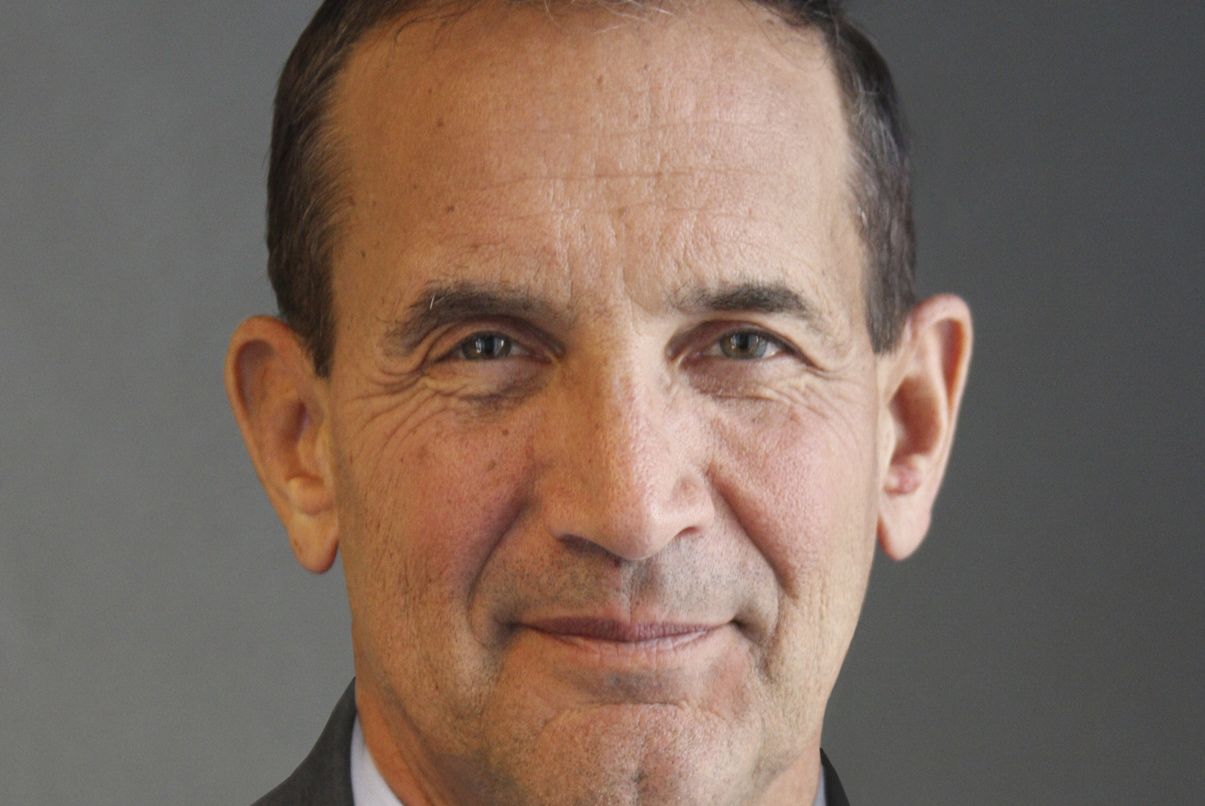For months, the marketplace has feared a US recession, driven by a sluggish global economy, the collapse in energy prices causing a marked decline in capital spending in several key market sectors and tightening financial conditions. Those concerns have begun to ease in recent weeks. We’ve seen a modicum of stability return to oil prices, pressure on high-yield credit markets has lessened and volatility has declined. While US economic growth is far from robust, it has held onto its post-crisis average of about 2%.
Given how much fear has become imbedded in market expectations in recent months, these modest signs of improvement could help rejuvenate the market’s appetite for riskier assets going forward. Even with sluggish growth late in 2015 and a plunging oil price, once you strip out the energy sector, profit margins actually expanded in the fourth quarter. As input costs such as the price of energy and other raw materials fall and if interest rates stay low, profit margins for many businesses will likely expand. It won’t take much to move the dial on profits for companies in the consumer discretionary staples sector, as well as those in tech and telecom, assuming they get a little bit of a lift to the top line. The consensus this year is for profit growth of 2%–3%. A modest uptick in sales could see that expand up to 6%, in my view.
Buying power being unleashed?
Where will that uptick in sales come from? The buying power of the US consumer, boosted by a moderate increase in wages as well as falling gasoline prices, lower home heating and cooling costs and declining apparel prices. For some months now, those savings have been stashed away. But history tells us that when consumers feel confident that price declines (e.g., energy) are here to stay, they tend to spend more. We’re seeing glimmers of hope that consumers are beginning to reallocate some of these savings to more consumption, which is likely to modestly spur manufacturing and the service side of economy.
We’re also seeing other signs of a turnaround. Container shipments and truck shipments are up. Some air freight indicators are beginning to rise. Spending in the technology and telecom sectors of the S&P 500 have begun to improve. Taken together, all of these developments point to a potential improvement in final demand.
It looks as though the US economy won’t disintegrate into recession any time soon but will more likely maintain the slow-growth pattern of the past several years. Against this backdrop, the Federal Reserve will probably see little danger of falling behind the inflation curve, so interest rate hikes should be gradual. It’s an environment where investors, depending on their age and risk tolerance, may want to consider adding to their portfolios some of the riskier assets on offer in the marketplace.
James Swanson is the chief investment strategist of MFS Investment Management.


